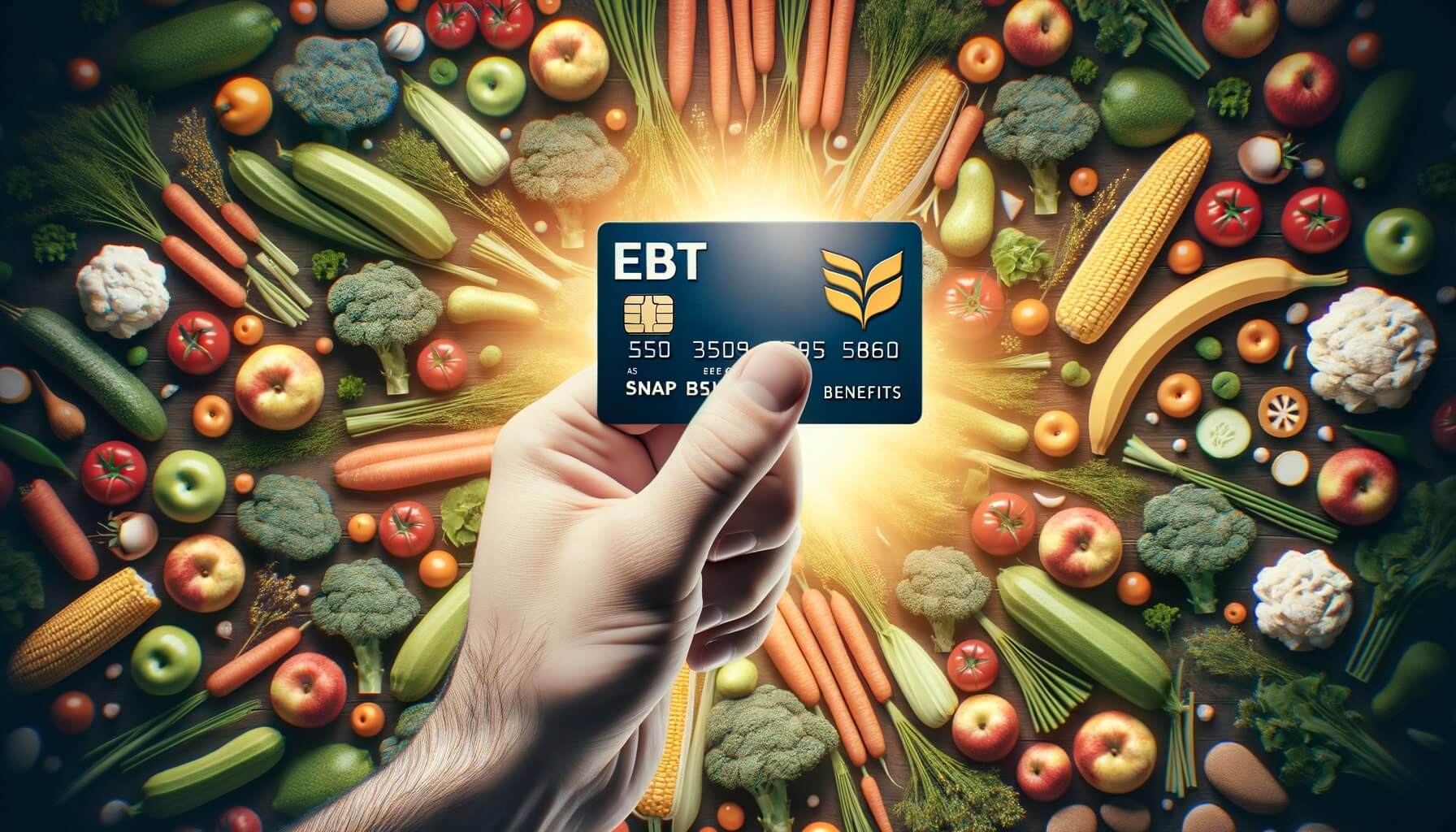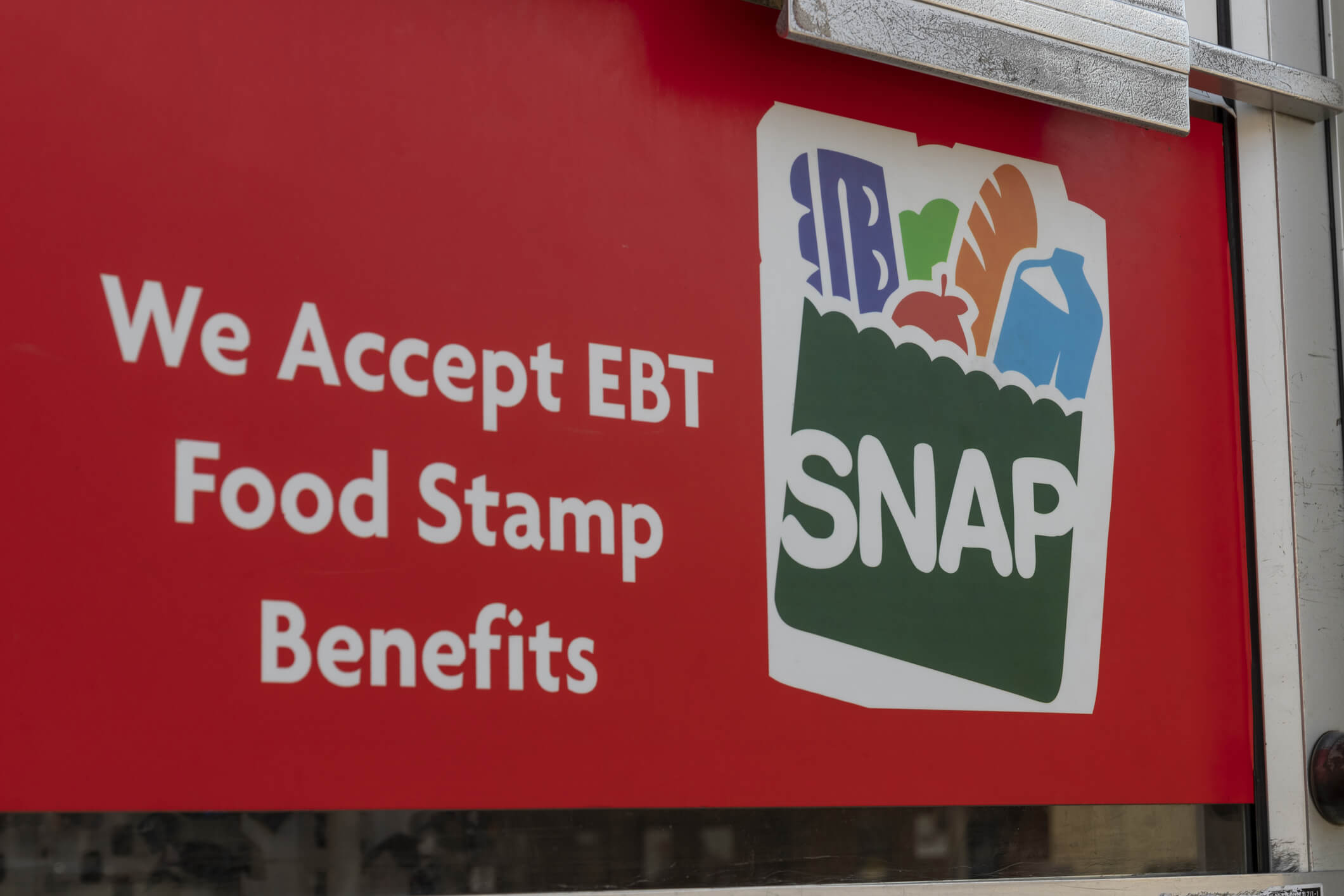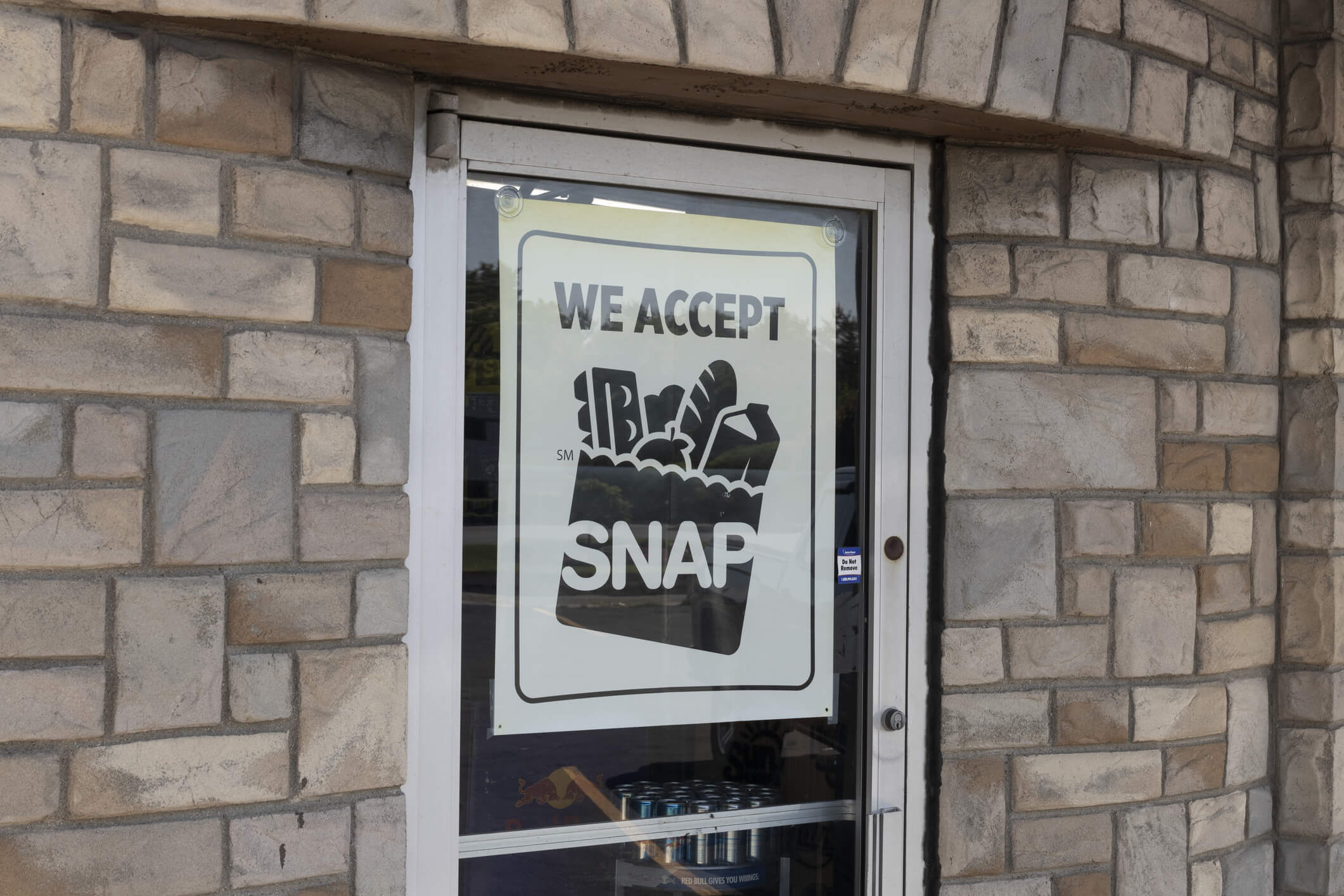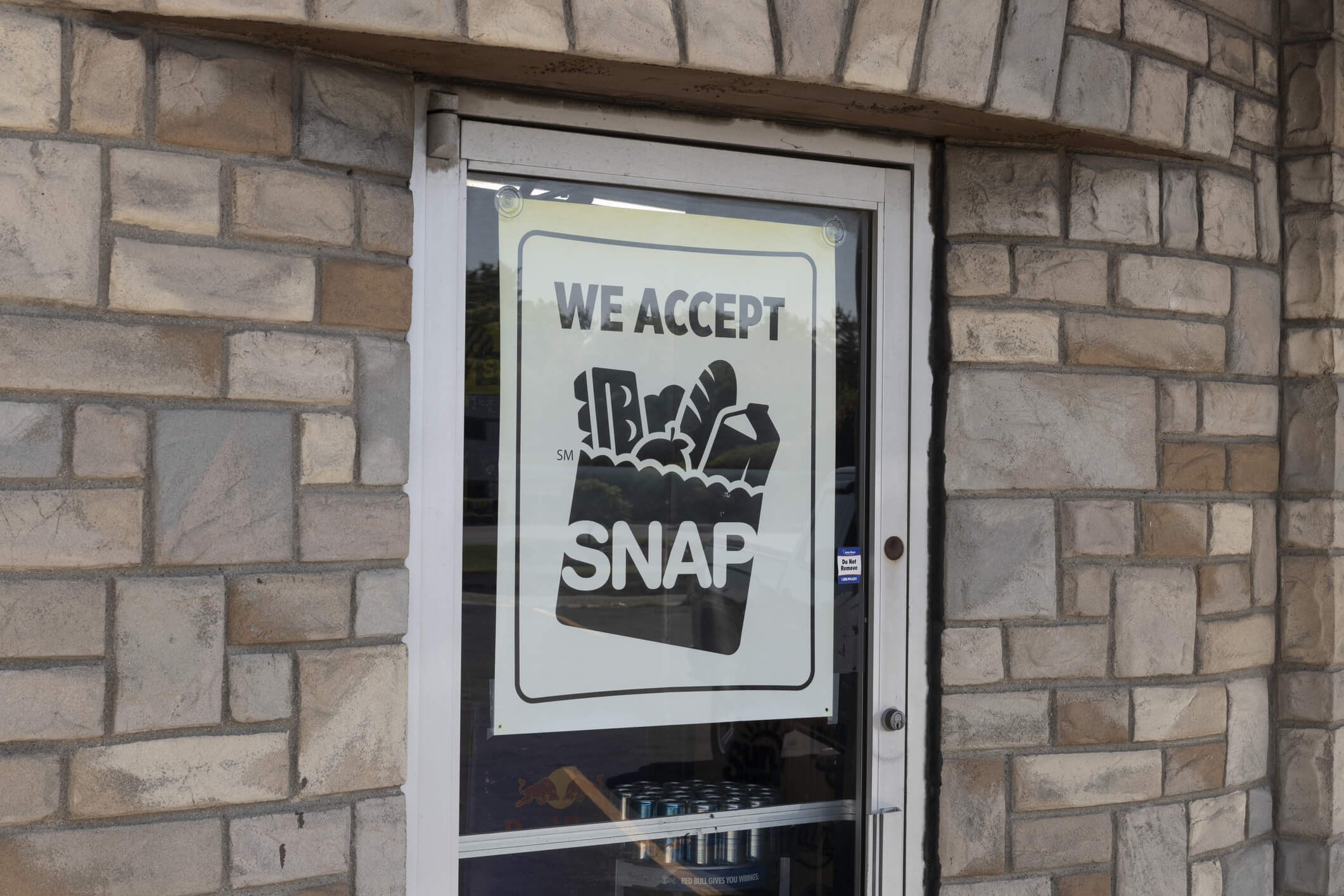Millions of individuals and families in the United States rely on government assistance programs to provide them with the food they need for basic sustenance. One of the most famous support programs is SNAP, or the Supplemental Nutrition Assistance Program, which is designed to assist low-income families to purchase food....
EBT Cards and SNAP Benefits: A Quick Guide for New Merchants
In today's society, it is crucial for businesses to adapt to the changing needs of their customers. One such change is the increasing use of Electronic Benefit Transfer (EBT) cards and the Supplemental Nutrition Assistance Program (SNAP) benefits. As a merchant, understanding and accepting EBT cards can open up new...
Where Can I Use SNAP Benefits
The Supplemental Nutrition Assistance Program (SNAP), formerly known as the Food Stamp Program, is a federal assistance program in the United States that provides eligible low-income individuals and families with funds to purchase food. SNAP benefits are distributed through an Electronic Benefit Transfer (EBT) card, which works like a debit...
How FNS Oversight Affects EBT Retailers
The Supplemental Nutrition Assistance Program (SNAP), formerly known as the Food Stamp Program, is a federal assistance program in the United States that provides eligible low-income individuals and families with funds to purchase food. The program is administered by the Food and Nutrition Service (FNS), an agency of the U.S....
SNAP: Everything you Need to Know
The Supplemental Nutrition Assistance Program (SNAP), formerly known as the Food Stamp Program, is a federal assistance program in the United States that provides eligible low-income individuals and families with funds to purchase food. SNAP aims to alleviate hunger and improve nutrition by ensuring that individuals have access to a...




